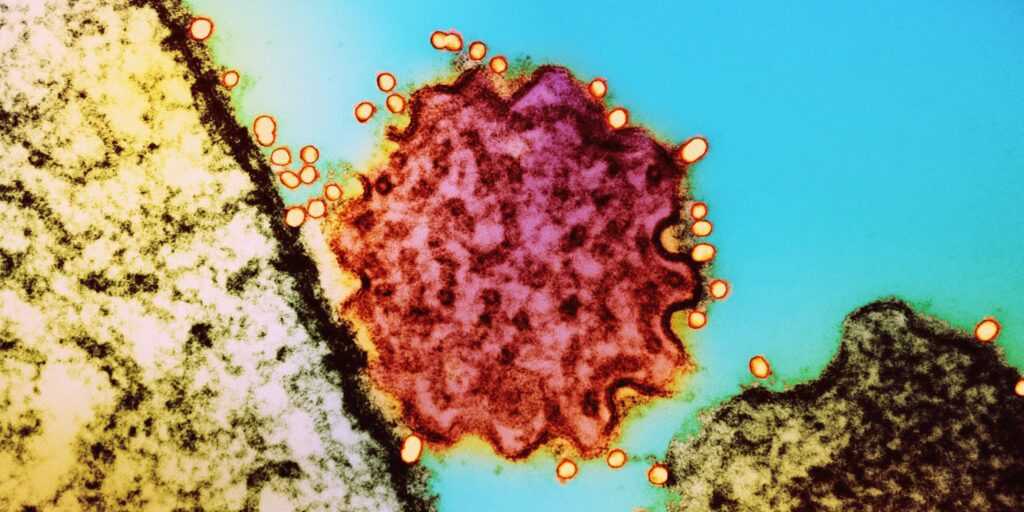On November 3, 2025, a groundbreaking study released by ScienceDaily revealed a novel discovery by scientists at Pennsylvania State University (Penn State), who have uncovered an unrecognized bacterial defence mechanism involving dormant viral DNA. This newly identified mechanism could open the door to innovative antiviral therapies and antibiotic alternatives in the fight against rising concerns of antibiotic resistance and evolving viral pathogens.
The research, conducted by a team at Penn State, demonstrates how certain bacteria are able to leverage long-dormant viral DNA embedded within their genomes to launch an effective defense against viral attacks. The key player in this process is an enzyme called PinQ, which can activate latent viral genes within the bacterial genome. When triggered, these genes produce protective proteins that help the bacteria block new viral infections, particularly from bacteriophages (viruses that infect bacteria). The researchers propose that this “viral-DNA repurposing” could provide a mechanism for bacteria to rapidly defend themselves against future viral threats.
This discovery challenges traditional views of bacterial-virus interactions by revealing how dormant viral DNA, previously thought to be inert or irrelevant, can be activated by bacteria under specific stress conditions. This reactivation provides a swift and efficient immune response, highlighting a dynamic evolutionary strategy that bacteria may use to adapt to their environment and fend off viral threats. The fact that these dormant viral sequences can be repurposed into antiviral proteins introduces a new layer of microbial defense mechanisms that may have evolved over millions of years.
The researchers believe that this new mechanism could pave the way for novel antiviral treatments. With growing concerns about viral resistance and the ineffectiveness of traditional antiviral therapies, this finding offers hope for developing new approaches to combat viral infections. Furthermore, the ability to use this viral-DNA repurposing strategy could potentially serve as an alternative to antibiotics, a critical need as antibiotic resistance continues to escalate globally. The use of these natural antiviral proteins or their synthetic counterparts could become a promising avenue for treating viral diseases, especially those caused by fast-evolving pathogens.
Moreover, the discovery underscores the complexity of microbial defense systems and their potential for novel therapeutic applications. It suggests that a deeper understanding of bacterial genomes and the ways in which they interact with viral DNA could offer new insights into how we can manipulate these systems to protect human health.
The Penn State team’s study highlights an emerging focus in microbiology and infectious disease research—focusing not only on bacterial resistance to antibiotics but also on how bacteria can defend against viral infections. This research opens new pathways for scientists to explore how viral-DNA repurposing might be harnessed in a controlled, therapeutic context, shifting the focus from solely preventing bacterial infections to developing treatments that target viral threats as well.
As public health experts continue to confront the dual challenges of antibiotic resistance and viral outbreaks, this discovery represents a significant step forward in the ongoing search for innovative solutions. Researchers are now focusing on how to further explore and harness these naturally occurring antiviral mechanisms to create more effective treatments for a wide range of viral diseases.


